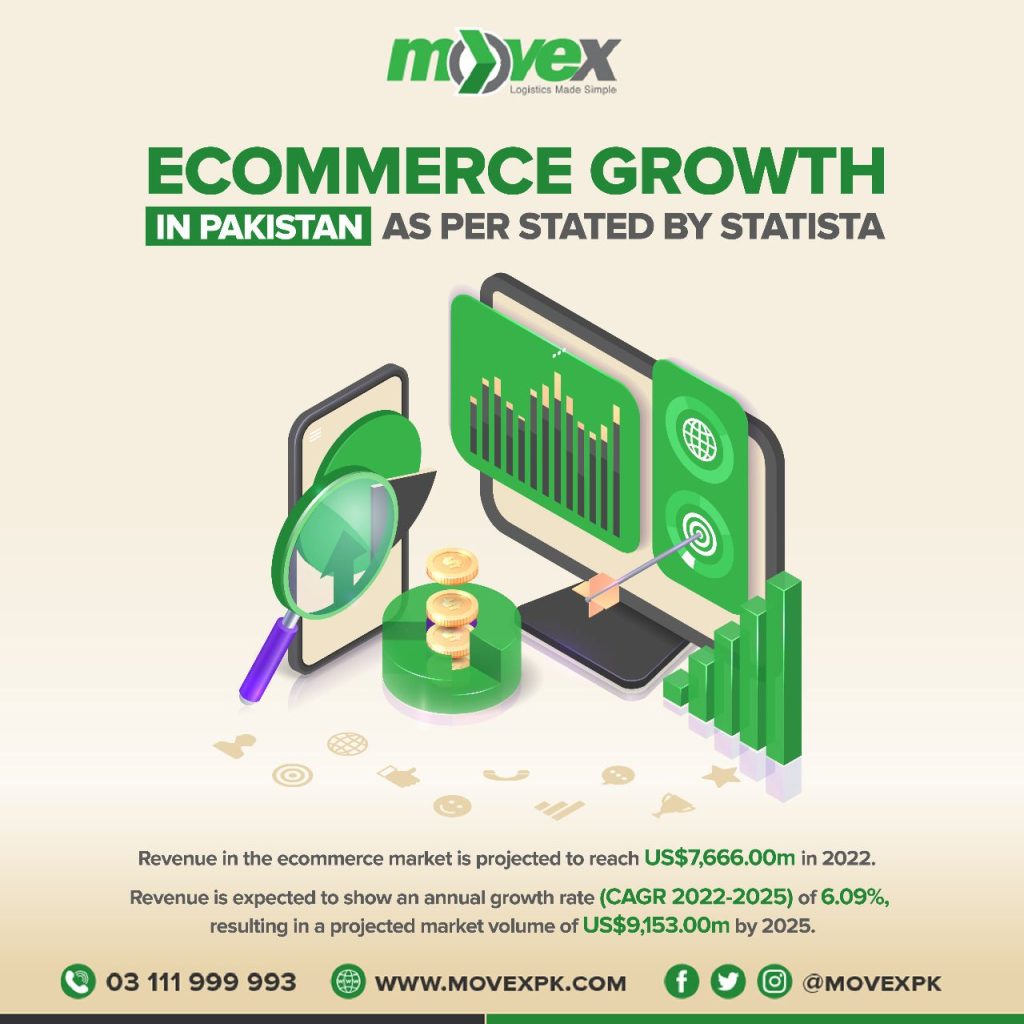Enter the Demand Forecast Trucking Number /AWB number/air waybill number/docket no / reference number/PRO No / B.O.L. No in the automatic tracker box to check the real-time delivery status of your worldwide parcel, orders, COD consignments, container, freight, transport, transportation, shipping, vans, trucks, express cargo and shipments online. You can also check and trace the current status of courier location and delivery date or any delay info by calling the customer service center.
Demand Forecast Trucking Customer Care Service Contact Number
Phone: N/A
Email: N/A
In today’s fast-paced world, the trucking industry plays a vital role in transporting goods across vast distances. As the backbone of the supply chain, it is crucial for trucking companies to optimize their operations and anticipate the demand for their services. This is where demand forecasting comes into play. By leveraging data-driven insights and predictive analytics, trucking companies can make informed decisions to meet future demand effectively. In this article, we will explore the significance of demand forecasting in the trucking industry and its impact on operational efficiency.
- Understanding Demand Forecasting
Demand forecasting is the process of estimating the future demand for a particular product or service. In the context of the trucking industry, it involves analyzing historical data, market trends, economic indicators, and other relevant factors to predict the demand for transportation services. By accurately forecasting demand, trucking companies can optimize their fleet management, driver allocation, and overall logistics planning.
- Importance of Demand Forecasting in Trucking
Efficient demand forecasting in the trucking industry offers numerous benefits. Let’s delve into some key advantages:
2.1 Optimized Fleet Management: By forecasting demand, trucking companies can determine the appropriate number and type of trucks needed to meet future transportation requirements. This helps in avoiding overcapacity or underutilization of resources, leading to cost savings and improved operational efficiency.
2.2 Improved Route Planning: Demand forecasting enables trucking companies to identify high-demand routes and allocate resources accordingly. By optimizing route planning, companies can reduce empty miles, improve fuel efficiency, and enhance overall delivery timelines.
2.3 Enhanced Customer Satisfaction: Accurate demand forecasting allows trucking companies to meet customer expectations consistently. By ensuring on-time deliveries and efficient logistics, customer satisfaction increases, leading to improved customer retention and business growth.
- Factors Influencing Demand Forecasting
Several factors influence demand forecasting in the trucking industry. These include:
3.1 Seasonality: Demand for trucking services may vary based on seasonal factors. For example, during the holiday season, there is typically a surge in demand for transporting consumer goods.
3.2 Economic Trends: Economic indicators, such as GDP growth, consumer spending, and industrial production, significantly impact the demand for trucking services. Understanding these trends helps in accurately forecasting future demand.
3.3 Industry-specific Events: Events like trade shows, product launches, or natural disasters can influence the demand for trucking services. Anticipating these events and their impact on demand is crucial for effective demand forecasting.
- Leveraging Technology for Demand Forecasting
To enhance demand forecasting accuracy, trucking companies are increasingly turning to advanced technologies. Here are some noteworthy tools and techniques:
4.1 Big Data Analytics: By analyzing vast amounts of historical and real-time data, trucking companies can uncover patterns, trends, and correlations that assist in forecasting future demand more accurately.
4.2 Artificial Intelligence (AI): AI-powered algorithms can process large datasets and generate reliable demand forecasts. Machine learning models can learn from historical data and adjust their predictions based on changing market dynamics.
4.3 Internet of Things (IoT): IoT devices installed in trucks can collect real-time data on factors like traffic conditions, weather, and fuel consumption. Integrating this data with demand forecasting models provides valuable insights for optimizing trucking operations.
Conclusion
Demand forecasting is a crucial aspect of efficient trucking operations. By leveraging data-driven insights, trucking companies can make informed decisions, optimize fleet management, improve route planning, and enhance customer satisfaction. The advancements in technology have provided powerful tools to forecast demand accurately. As the trucking industry continues to evolve, integrating demand forecasting into operational strategies will become increasingly essential for sustainable growth and competitiveness.
For more info on Demand Forecast Trucking, Click Here


